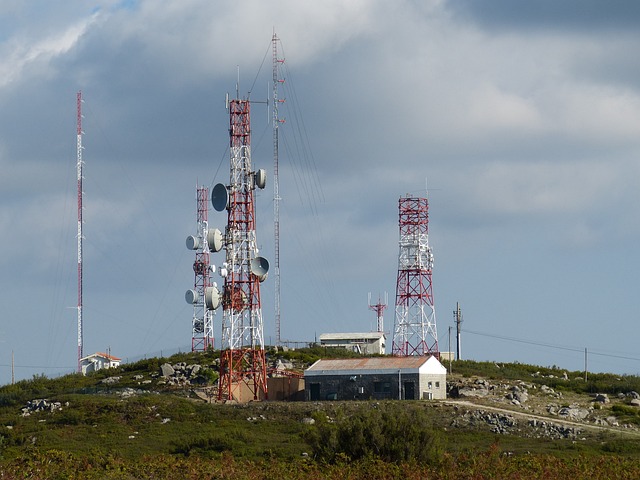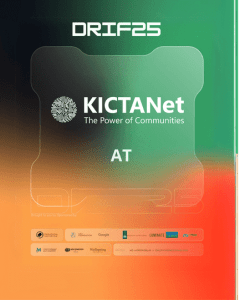In the previous blogs, we delved deeper into the radio spectrum, which is the range of frequencies allocated for transmitting wireless signals. It includes the radio frequency spectrum used for various communication technologies, such as television, radio, cellular networks, Wi-Fi, and Bluetooth.
These frequency bands are regulated by government agencies to avoid interference and ensure efficient use of the limited spectrum resources.
Africa has a lot of spectrum that remains unassigned, creating artificial scarcity. Access to spectrum at affordable prices is critical if we are to connect the next billion. Beyond traditional telecommunications operators, other models like community networks have sprung up to complement connectivity efforts. Community networks are complementary access models that are built and operated by the community towards connecting themselves.
Below are some of the spectrum access challenges experienced by community networks and other small-scale operators exerting efforts to connect economically unattractive areas to telecommunication operators. The solutions combine the potential of license-exempt spectrum for WiFi use, and innovative spectrum assignment models.
Limited Access to License-Exempt Spectrum
One of the limiting factors to unlocking the full potential of small-scale telecom operators and community networks in Africa is the limited access to unlicensed spectrum. The focus is on the unlicensed spectrum because the costs of licensed spectrum and compliance conditions are too prohibitive to small-scale operators. Spectrum in the 2.4 GHz and 5 GHz bands are used for WiFi access in many regions of the world. WiFi opens up opportunities as a low-cost access technology especially in last-mile connectivity by extending the value of fixed broadband.
In some countries like Kenya and South Africa, the use of spectrum in these bands is unlicensed for use in contrast to countries like Zimbabwe and Nigeria that require a fee for the use of spectrum in these bands. In Zimbabwe, the use of spectrum in the 2.4 and 5 GHz bands is lightly licensed with users being required to pay USD 50, while in Nigeria, the 5 GHz band is not all but mostly license-exempt.
These restrictions stifle innovation in infrastructure deployment that has the potential to connect unconnected communities not covered by fixed and mobile networks,
When it comes to licensed spectrum, high spectrum prices put small-scale operators at a disadvantage. It is vital that African countries see the potential of making more license-exempt spectrum available for point-to-point and point-to-multipoint use towards delivering universal and affordable broadband access to all. Several countries have gone beyond availing the 2.4 and 5 GHz bands and have freed up the lower band of the 6 GHz band (5925-6425 MHz band) for license-exempt use.
The 6 GHz band, introduced with the new WiFi 6 E standard, supports almost twice as many channels as the 5 GHz band and therefore transmits data at the fastest speeds compared to the 2.4 and 5 GHz frequencies. The 6 GHz band also has less interference and network congestion. African countries that have opened up the 6 GHz band for license-exempt use include Kenya, Mauritius, Morocco, South Africa, and Togo. For a list of more countries that have adopted WiFi in the 6 GHz band, click this link. Other spectrum bands that can be freed for license-exempt use are the 24 GHz and 60 GHz bands which can enable very high-speed broadband connections.
Spectrum Assignment Gaps
Many African countries have gone the administrative way in assigning spectrum, where the national regulator decides who to assign spectrum to. Further to this, national regulators favour exclusive spectrum assignments where a licensee is granted exclusive access to a particular portion of the spectrum, which has the disadvantage of leaving portions of the spectrum unused, especially in rural areas where most operators do not find economic value for them to invest.
As good practice towards efficient use of spectrum, national regulators in Africa should look to frameworks that allow for shared/dynamic spectrum access which allows other operators such as community networks to use the unused licensed spectrum on a secondary basis. An example of this is the use of TV white spaces (TVWS) where unused radio frequencies allocated for broadcasting services are assigned to users using a geolocation database. For more on shared spectrum models, here is a link.
In addition to this and according to this report on Innovations in Spectrum Management, national regulators could consider wholesale approaches to spectrum assignment targeted at difficult-to-serve regions and reduction of fees on spectrum targeted for use in under-serviced areas. Rwanda was the first country to successfully implement a wholesale wireless network in the 800 MHz LTE band, even though they have backtracked on this as of 2022. Mexico launched a Wireless Open Access Network (WOAN) in 2014 known as the Red Compartida with 90 MHz of spectrum in the 700 MHz. The network went live in March 2018 offering coverage of 32% of the country.
Spectrum auctions are linked to better socio-economic conditions and spectrum management, but Africa had previously shied away from this mode of spectrum allocation due to its perceived complexity. Spectrum auctions involve setting the reserve price and the opening bid for the auctions, a skill set required by national regulators.
Prior to spectrum auctions, regulatory policies for spectrum must be set, which involve spectrum pricing, and which most African countries are yet to set. If the reserve price is set too high, this could become an entry barrier even to large operators, therefore reducing participation in the process. For successful auction bidders, and due to the high license fees from administrative allocations, economic returns are the focus for licensees, making investment in rural areas, not a priority, which is currently the case in most African countries.
African countries were slow to take up spectrum auctions but auctions have dominated spectrum assignment on the continent for the last 10 years at least. Even though Africa has not had many successful spectrum auctions, there are notable recent successes. South Africa conducted a successful conclusion of its high-demand radio frequency spectrum auction on 8 March 2022 (6 successful bidders) and Tanzania concluded a successful spectrum auction on October 11 (4 successful bidders). Kenya has been going the spectrum assignment way. The current spectrum assignments to tier 1 providers in Kenya can be found in our previous spectrum blog in our spectrum series.
National Regulatory Authorities need to develop spectrum Policies and strategies to pave the way for spectrum auctions. This needs to be accompanied by capacity building for regulators for a seamless and successful auction that balances economic returns, benefits for the people, and transparency.
This is a series of blogs about Spectrum in a series of our publications on Community Networks.
__________________________________________________________
Ms Catherine Kyalo is the KICTANet Africa Regional Coordinator for Community Networks under the APC-LOCNET initiative. She is passionate about community welfare and enjoys yoga to rejuvenate. LinkedIn | Twitter
![]()





Spectrum access is a critical issue in Africa. Lack of access to broadband and mobile services can limit people’s ability to participate in the global economy and access education and health services.
KICTANet is working to address this